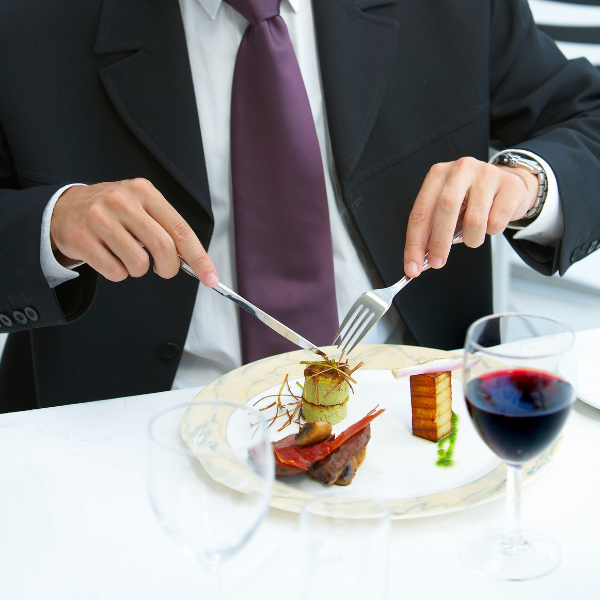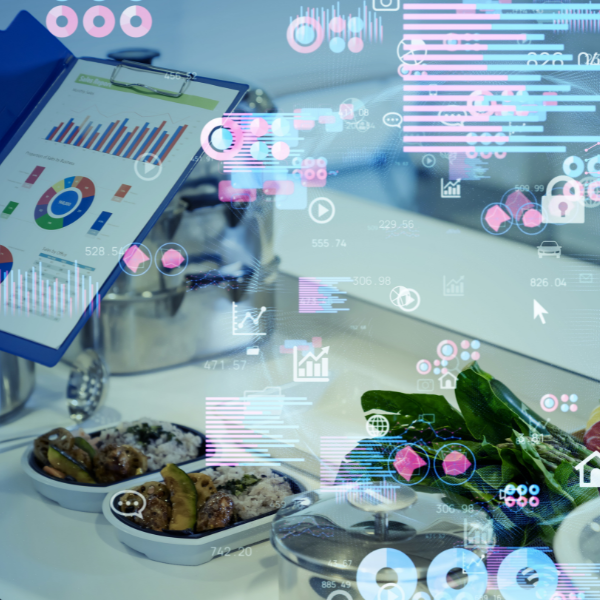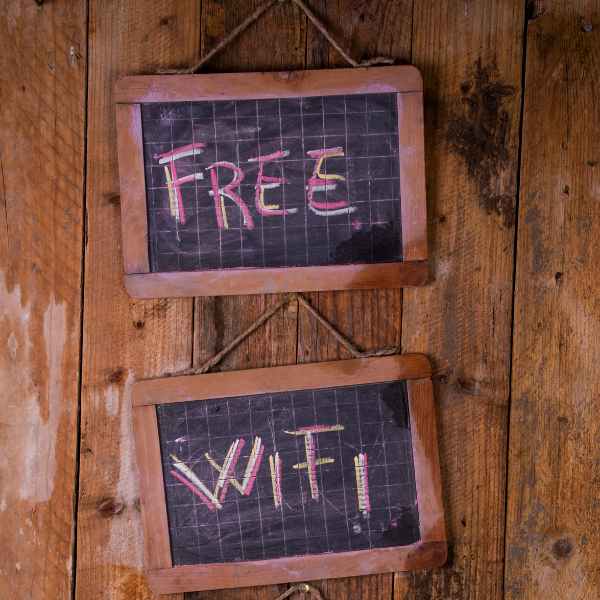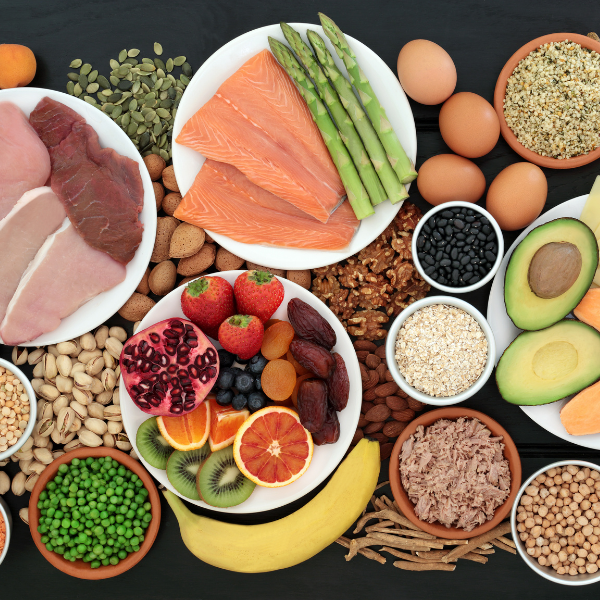Often regarded as a nostalgic icon of American fast-food dining and quick-service restaurants, drive-thrus were once a part of the restaurant industry that seemed to be disappearing altogether. Although many would have never imagined the sudden shift in the popularity of drive-thrus prior to the COVID-19 pandemic, it’s safe to say that drive-thrus are here to stay. As social distancing regulations continue to close indoor dining rooms and the demand for off-premise dining grows, drive-thrus have become a reliable, safe, and quick option for guests looking to grab a bite to eat.
The revival of drive-thru restaurants has sparked an interest in restaurateurs and investors to change up the layout of their establishments to meet the increasing demand for drive-thrus. Many have even ditched indoor seating altogether. For restaurants that never got rid of their drive-thru lanes, they are seeing a boom in business due to their quick-service concept.
Drive-Thrus In The Past
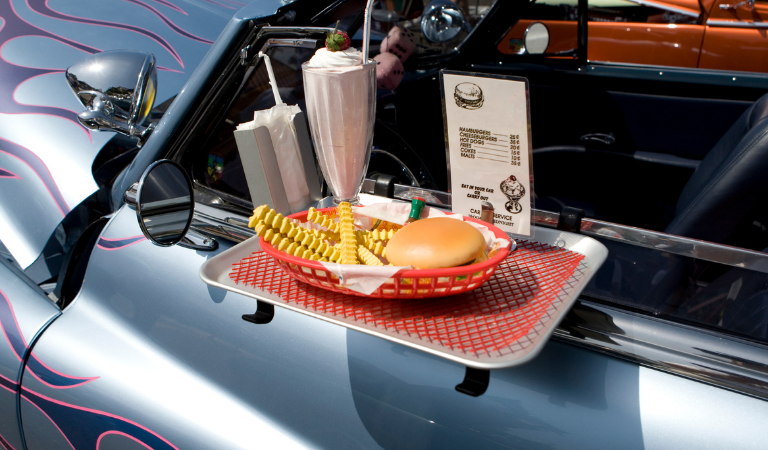
The first drive-thru restaurant with lanes opened its doors in 1947, at Red’s Giant Hamburg. The popularity of it began a chain effect, and soon drive-thrus were popping up everywhere. Car culture during the 1950s was becoming a large part of American society, and drive-thrus were perfect for meeting the needs of on-the-go customers. Restaurants began to develop changes in their menu that turned meals into handheld food options and were easy to eat, like burgers, fries, and sandwiches.
Drive-thrus quickly became a staple of American life and has since withstood the test of time as an integral part of fast-food restaurants. However, in recent decades, drive-thrus have seen a decline in popularity as the restaurant industry shifted back to indoor dining room concepts and then eventually to food delivery and online ordering platforms. Drive-thrus were on the road to becoming obsolete, with many restaurateurs opting to get rid of their drive-thru window and lanes to make room for a larger dining room, kitchen, or pick-up area for couriers and customers ordering to go.
How Drive-Thrus Were Affected By The Pandemic
Since the start of the COVID-19 pandemic in early 2020, new regulations and social distancing standards have caused all restaurants, quick-service or not, to operate just like a drive-thru. The mandated closures of indoor dining rooms, along with concerned customers feeling uncomfortable dining indoors after regulations are lifted have caused a boom in the use of drive-thrus.
Because of this, many restaurants are considering shifting their concept to takeout-only. Prior to the pandemic, fast-food chains like Burger King, McDonald’s, and Starbucks were shutting down many of their drive-thru lanes, and recently both companies have decided to expand their number of drive-thru locations across the country. Many restaurants have paused their previous investments in redesigning their interiors and instead improved the quality and technology of their drive-thru lanes. Chains like Chick-Fil-A and In-N-Out are well-known for their excellent drive-thru service and have thrived during this time.
The Benefits Of Drive-Thrus
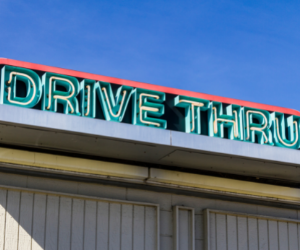
The concept of a drive-thru restaurant organically has a multitude of benefits that are well-suited to social distancing standards and the demand for off-premise dining. Drive-thrus operate by employees taking orders from customers sitting in their cars through an intercom system in the restaurant, and then relaying orders on a screen to the kitchen. Customers then drive up to pay and receive their orders. The entire process is pandemic-friendly, and with the enforcement of face masks and development in contactless payment technology, drive-thrus ensure that customers and employees limit their contact with each other and stay safe.
Drive-thrus also increase restaurant capacity tenfold as customers aren’t limited to a certain amount of seating. Customers enjoy the convenience of quickly ordering meals without even getting out of their cars. An additional stream of revenue is a great plus to come from drive-thrus and coupled with a take-out and delivery service system, restaurants could see an increase in profits during this time.
How Drive-Thrus Have Improved
As restaurants shift their focus to meet the current demands of customers, many owners have invested in improving their drive-thru lanes and delivery systems. Drive-thrus across the country have received a complete makeover to impress customers and stay in competition with other quick-service restaurant chains. Brand new intercom systems, headsets, expanded lanes, and even walk-up windows have been added to drive-thrus. In comparison to the past, drive-thrus have become much more of an upscale experience for customers, adding to their popularity.
Improving the efficiency of drive-thrus is extremely important, and many restaurants have begun training employees in new ways to optimize the process of ordering, producing food, and receiving payment from customers. Many fast-food chains have completely turned their parking lot into drive-thru lanes, and have placed employees at focal points throughout the lanes to take orders from customers in a quicker manner instead of just at the window. Cashless payment systems and digital receipts have significantly improved the way customers pay for their meals. Restaurants have also changed up their menu to reflect the needs of drive-thru lanes, by creating new combo food items and discounted promotions to attract customers.
The Future Of Drive-Thrus

Overall, restaurant priorities have shifted to meet the needs of customers during the COVID-19 pandemic and the future. While drive-thrus were once seen as a disappearing yet nostalgic icon of the American food industry, the revival of drive-thru restaurants has created a lasting boom, which means quick-service restaurants and their attached drive-thru lanes are here to stay.
Drive-thrus will continue to thrive and improve with new upgrades in technology and ordering systems. Restaurants will reimagine their building design to accommodate a decrease in indoor seating and an increase in the use of drive-thrus. Staff will be retrained and expanded to adapt to drive-thrus in order to increase efficiency. Although change is certain in the restaurant industry, drive-thrus have withstood the test of time and are now revolutionizing the future of restaurants.




